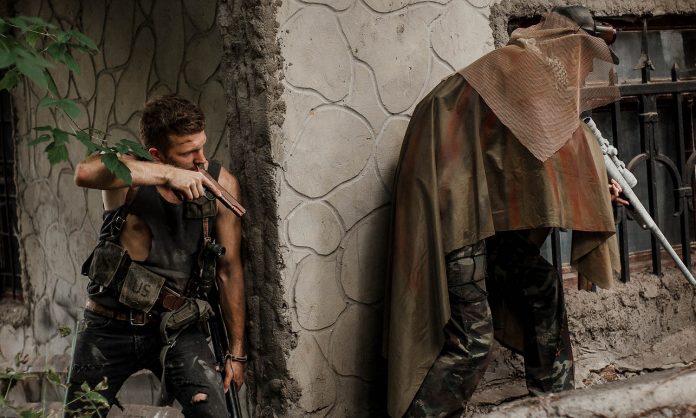In an article for Writer’s Digest, martial artist and writer Carla Hoch says the setting for a fight scene is even more important than the characters fighting.
“Where a fight takes place can change the entire battle,” Hoch writes. “It can immediately impart advantage or impose disadvantage. It determines the weaponry, vehicles of war, style of fighting, and render each and every one of those ineffective. The location of a fight can make numbers irrelevant, physical strength inconsequential and training inapplicable. The site determines the fight.”
For example, in The Lord of the Rings: The Two Towers, Saruman’s hordes are disadvantaged at the Battle of the Hornburg, even though they outnumber the soldiers of Rohan by more than 3 to 1. The entrance to Hornburg is narrow, allowing only a set number of Saruman’s army to enter at once, which limits their number advantage. The fortress is also set among mountains, so the invaders were unable to bring heavy war weapons to scale or tear down its walls. Even so, Saruman’s army succeeds, due to another aspect of the fortress’ construction.
The fight setting also determines climate, which can affect weaponry, and it can affect a combatant. In The Art of War, more than half of the chapter pertaining to terrain deals with calamitous situations among the troops,” Koch notes. “Why? Because the terrain/environment in which a battle takes place has an impact on a soldier that can be more challenging than the terrain itself.” The site also impacts strategy, the availability of weapons of opportunity, and necessary technology.
Koch suggests a series of questions to ask the next time you plot out a fight scene. “Don’t just make a battle scene,” she says. “Make the scene part of the battle. After all, location can be the decision maker and strategy breaker.”












